Home>Garden Essentials>How To Plant Cacao Seeds
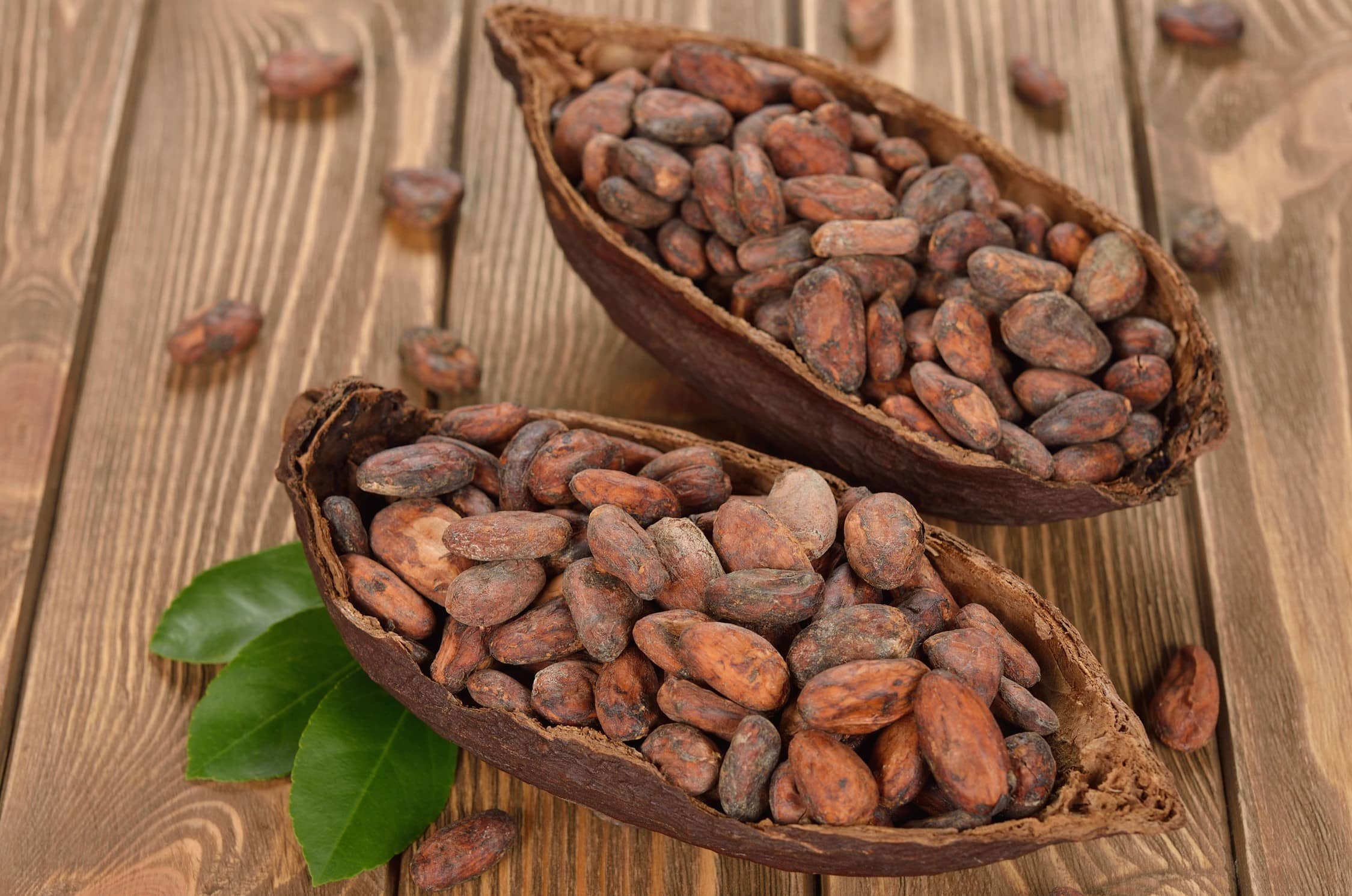

Garden Essentials
How To Plant Cacao Seeds
Modified: March 15, 2024
Learn how to plant cacao seeds in your garden with our step-by-step guide. Grow your own cocoa beans and enjoy the taste of homemade chocolate.
(Many of the links in this article redirect to a specific reviewed product. Your purchase of these products through affiliate links helps to generate commission for Storables.com, at no extra cost. Learn more)
Introduction
Welcome to the exciting world of planting cacao seeds! If you have a passion for chocolate and want to experience the joy of growing your own cacao trees, then this article is for you. Growing cacao from seeds is a rewarding and fulfilling process that allows you to witness the journey from seedling to mature tree, and eventually, to harvesting delicious cacao pods.
Cacao, scientifically known as Theobroma cacao, is a tropical plant native to the rainforests in Central and South America. It is the source of one of the world’s favorite indulgences – chocolate. Planting cacao seeds is not only a great way to connect with nature, but it also allows you to understand the intricate process behind chocolate production.
In this article, we will guide you through the essential steps of planting cacao seeds and providing the necessary care for your seedlings to thrive. From gathering the materials to harvesting the cacao pods, you will learn everything you need to know to embark on this rewarding gardening adventure.
So let’s dive in and discover how to plant cacao seeds and nurture them into healthy and productive cacao trees!
Key Takeaways:
- Planting cacao seeds is a fun and rewarding process that allows you to grow your own chocolate trees. From gathering materials to harvesting pods, each step is crucial for successful chocolate production.
- By providing proper care, protecting from pests, and harvesting mature pods, you can enjoy the delightful journey of transforming cacao seeds into delicious chocolate treats. Happy planting and chocolate making!
Read more: How To Store Cacao Fruit
Step 1: Gather Materials
Before you begin planting cacao seeds, it is important to gather all the necessary materials. Having everything prepared in advance will ensure a smooth and successful planting process. Here is a list of items you will need:
- Cacao seeds: Obtain fresh cacao seeds from a reputable source. Make sure they are viable and not damaged.
- Potting soil: Use well-draining and fertile potting soil specifically formulated for tropical plants.
- Pots or containers: Select appropriate-sized pots or containers with drainage holes to accommodate the seeds.
- Watering can or spray bottle: Choose a watering can or spray bottle to provide the necessary moisture to the seeds and seedlings.
- Grow lights or sunny location: If you are starting the seeds indoors, you will need grow lights to provide adequate light. Alternatively, choose a sunny location if planting outdoors.
- Humidity dome or plastic wrap: To create a humid environment, use a humidity dome or cover the pots with plastic wrap.
- Plant labels: Label each pot with the seed variety and date of planting to keep track of your cacao plants.
- Fertilizer: Consider organic fertilizers formulated for tropical fruit trees to nourish your cacao plants.
- Gardening tools: Keep essential tools like a hand trowel, gardening gloves, and pruning shears handy for general maintenance.
By gathering these materials beforehand, you will have everything you need to ensure a successful start in planting cacao seeds. Now that you have everything prepared, it’s time to move on to the next step: preparing the seeds.
Step 2: Prepare the Seeds
Preparing the cacao seeds is a crucial step in ensuring their successful germination. By providing the right conditions and treating the seeds properly, you can improve their chances of sprouting. Here’s how you can prepare the cacao seeds:
- Soak the seeds: Begin by soaking the cacao seeds in lukewarm water for 24 to 48 hours. This process helps to soften the hard outer shell and improve germination rates. Change the water every 12 hours to keep it fresh.
- Remove the pulp: After soaking, gently remove the pulp from the seeds. You can do this by rubbing them between your fingers or using a soft brush. Rinse the seeds thoroughly to ensure all the pulp is removed.
- Dry the seeds: Place the cleaned seeds on a clean towel or paper towel and let them air dry for a day or two. Make sure they are completely dry before proceeding.
- Optional fermentation: For those who want to enhance the flavor of their cacao, an optional step is to undergo a fermentation process. This involves placing the seeds in a covered container for a few days, allowing them to ferment. Fermentation can deepen the chocolate flavor, but it is not necessary for successful germination.
By properly preparing the cacao seeds, you are creating optimal conditions for germination. Removing the pulp and drying the seeds helps prevent mold and fungal growth, increasing the chances of successful sprouting. Once the seeds are prepared, it’s time to choose a suitable planting location.
Step 3: Choose a Planting Location
Choosing the right planting location for your cacao seeds is crucial for their growth and development. Cacao trees thrive in tropical climates, with specific requirements to ensure their optimal health. Follow these guidelines to select an ideal planting location:
- Climate: Cacao trees prefer warm and humid conditions with an average temperature ranging from 70°F to 90°F (21°C to 32°C). Avoid extreme temperature fluctuations or frost-prone areas.
- Sunlight: Cacao trees love bright, indirect sunlight. Choose a location that receives dappled shade or filtered sunlight, especially during the hottest part of the day. Some shade from taller trees or structures can also provide protection from direct sunlight.
- Drainage: Cacao trees require well-draining soil to prevent waterlogged roots. Avoid areas with poor drainage or heavy clay soil. If planting in containers, make sure they have drainage holes to allow excess water to escape.
- Protection from wind: Cacao trees are delicate and can be easily damaged by strong winds. Select a planting location that provides some protection from strong gusts or consider using windbreaks, such as tall trees or fences, to shield the young seedlings.
- Space: Cacao trees can grow up to 20-30 feet (6-9 meters) in height and require ample space to spread their branches. Plan for sufficient space between trees to accommodate their mature size, typically around 10-15 feet (3-4.5 meters) apart.
It’s important to note that cacao trees can also be grown indoors in containers, provided they receive adequate sunlight and appropriate care. This allows you to have your own mini cacao plantation even if you live in a non-tropical climate.
Now that you have chosen an ideal planting location, it’s time to move on to the next step: planting the cacao seeds!
Step 4: Planting the Seeds
Now that you have prepared the cacao seeds and chosen the perfect planting location, it’s time to plant the seeds. Follow these steps to ensure a successful planting process:
- Fill the pots: Fill the pots or containers with well-draining potting soil, leaving about an inch (2.5 cm) of space from the top. Make sure the soil is moist but not waterlogged.
- Plant the seeds: Make a small depression in the soil using your finger or a pencil, about 1 inch (2.5 cm) deep. Place the cacao seed in the hole with the pointed end facing upwards. Gently cover the seed with soil, ensuring it is securely planted.
- Water lightly: Use a watering can or spray bottle to lightly water the soil. Avoid overwatering, as it can lead to rotting of the seeds. Keep the soil moist, but not saturated.
- Create a humid environment: To create a humid environment ideal for germination, cover the pots with a humidity dome or plastic wrap. This helps retain moisture and creates a greenhouse-like effect for the seeds.
- Provide warmth: Cacao seeds require a warm environment for germination. Place the pots in a warm location or consider using a heat mat to maintain a temperature between 75°F to 85°F (24°C to 29°C).
- Be patient: Cacao seeds can take anywhere from 2 to 8 weeks to germinate, so be patient and maintain the appropriate conditions for their growth. Check the soil moisture regularly and mist if needed.
Remember to label each pot with the seed variety and date of planting for easy tracking. Now that the seeds are planted, it’s time to move on to the next step: providing adequate care for the seedlings as they grow.
Before planting cacao seeds, make sure to choose a location with well-draining soil and partial shade. Keep the soil consistently moist, and protect the young plants from strong winds and direct sunlight.
Read more: How To Plant Seed
Step 5: Provide Adequate Care
Providing proper care for your cacao seedlings is essential for their healthy growth and development. Here are some key aspects to consider:
- Watering: Cacao seedlings require regular watering to keep the soil evenly moist. Avoid overwatering, as it can lead to root rot. Water the plants when the top inch (2.5 cm) of soil feels dry, and ensure good drainage to prevent standing water.
- Lighting: Cacao seedlings need bright, indirect sunlight to thrive. If growing indoors, place them near a window with filtered sunlight, or use grow lights to provide adequate light intensity for 12-14 hours a day.
- Temperature: Cacao trees prefer a warm environment. Maintain a temperature between 70°F to 90°F (21°C to 32°C) to promote healthy growth. Avoid exposure to cold drafts or freezing temperatures.
- Fertilization: After the seedlings have developed a few sets of leaves, you can start fertilizing them. Use a balanced, organic fertilizer specifically formulated for tropical plants. Follow the package instructions for application rates and frequency.
- Pruning: As your cacao seedlings grow, occasional pruning may be necessary to remove dead or damaged leaves. This helps promote airflow and prevents the spread of diseases.
- Pest and disease control: Monitor your cacao seedlings regularly for common pests such as aphids, mealybugs, or scale insects. Treat infestations promptly with organic insecticides or by using natural pest control methods. Keep an eye out for signs of diseases such as fungal infections or leaf blight, and take appropriate measures to control them.
- Support: As your cacao seedlings mature, they may require support in the form of stakes to help them stand upright. Gently tie the main stem to the stake using soft ties or twine, taking care not to damage the plant.
By providing adequate care, you can ensure that your cacao seedlings grow into healthy, vigorous trees. Remember to regularly observe and tend to your plants to address any issues that may arise. Now, it’s time to move on to the next step: protecting your seedlings.
Step 6: Protect the Seedlings
Protecting your cacao seedlings from external threats is essential to ensure their survival and healthy growth. Here are some measures you can take to safeguard your precious plants:
- Shade cloth: If your cacao seedlings are exposed to intense sunlight, consider using shade cloth to provide protection from direct sunlight. This helps prevent leaf scorching and maintains optimal growing conditions.
- Pest control: Regularly inspect your seedlings for pests such as aphids, caterpillars, or thrips. If you notice any harmful insects, you can manually remove them or use organic pest control methods such as neem oil or insecticidal soaps.
- Mulching: Apply a layer of organic mulch such as cocoa husks or wood chips around the base of your seedlings. Mulching helps conserve moisture, suppresses weed growth, and protects the roots from extreme temperature fluctuations.
- Protective barriers: If you have herbivorous animals or pets in your garden, consider using physical barriers such as fences or wire mesh to prevent them from damaging the seedlings.
- Prune selectively: Regular pruning helps maintain a healthy shape and encourages airflow, reducing the risk of fungal diseases. Remove any dead or diseased branches and thin out overcrowded areas to promote proper growth.
- Monitor for diseases: Keep an eye out for common diseases that can affect cacao seedlings, such as black pod disease or witches’ broom. Promptly remove and destroy any infected plant material to prevent the spread of the disease.
- Weather protection: If your area experiences strong winds or heavy rainfall, consider providing temporary shelter for your seedlings. This can be done by using stakes and fabric to create a protective barrier.
By implementing these protective measures, you can ensure the safety and well-being of your cacao seedlings. Now that you have taken steps to protect your plants, let’s move on to the exciting final step: harvesting cacao pods!
Step 7: Harvesting Cacao Pods
After patiently nurturing your cacao trees, the time will finally come to harvest the fruits of your labor – the cacao pods. Here’s what you need to know about harvesting cacao pods:
- Maturity: Cacao pods take around 4 to 6 months to mature from the time they first appear on the tree. Look for signs of maturity such as a change in color. Depending on the variety, the pods may turn from green to yellow or red.
- Harvesting technique: Use a sharp knife or a pair of pruning shears to carefully cut the stem of the mature cacao pods, ensuring not to damage the tree or nearby fruits. Harvest one pod at a time, starting with the ripest ones.
- Storage: After harvesting the cacao pods, handle them gently to avoid bruising or damaging the skin. Store the pods in a cool, dry place away from direct sunlight. Avoid stacking them on top of each other to prevent excessive pressure that can lead to spoilage.
- Opening the pods: To extract the cacao beans, use a knife or a small machete to carefully split the pods open. Be cautious not to damage the beans inside. Inside each pod, you will find rows of cocoa beans surrounded by a sweet, tangy pulp.
- Fermentation: To prepare the cacao beans for chocolate production, fermentation is essential. Place the beans in a covered container for 4 to 7 days, allowing them to ferment. This process develops the rich chocolate flavor and reduces the bitterness.
- Drying: After fermentation, spread the beans on a tray or a drying rack in a well-ventilated area. Dry them for 5 to 7 days, turning them occasionally to ensure even drying. It is important to achieve a moisture content of around 7% to prevent mold growth.
- Roasting and processing: Once the beans are fully dried, they are ready for roasting. Roast the beans at a low temperature to develop the desired flavors. After roasting, the beans can be ground into cocoa powder or processed further into chocolate.
Harvesting cacao pods is not only a rewarding experience but also the culmination of your hard work as a cacao grower. Enjoy the process of transforming your homegrown cacao beans into delectable chocolate treats!
With these steps, you now have a comprehensive understanding of how to plant cacao seeds and nurture them into mature trees. Remember to have patience, provide proper care, and savor the journey as you witness the transformation from seed to chocolate.
So, gather your materials, prepare the seeds, choose a suitable location, plant with care, provide adequate nurturing, protect your seedlings, and finally, indulge in the satisfaction of harvesting your own cacao pods. Happy planting and enjoy the fruits of your labor!
Conclusion
Planting cacao seeds and witnessing the journey from seed to chocolate is a truly rewarding and fulfilling experience. By following the steps outlined in this guide, you are well-equipped to start your own cacao plantation and embark on a delicious journey of chocolate production.
From gathering the necessary materials to planting the seeds, providing adequate care, and protecting your seedlings, each step is crucial in ensuring successful growth and development. Remember to choose a suitable planting location, provide the right amount of water, light, and nutrients, and be vigilant in protecting your plants from pests, diseases, and harsh weather conditions.
As your cacao trees mature and bear fruit, the joy of harvesting the cacao pods will be unmatched. Whether you’re a home gardener looking for a unique project or a chocolate enthusiast wanting to delve deeper into the chocolate-making process, growing cacao from seeds will bring you closer to nature and enhance your appreciation for the art of chocolate cultivation.
So, put on your gardening gloves, gather your supplies, and get ready to plant those cacao seeds. With patience, care, and a little bit of chocolate magic, you’ll be on your way to enjoying the sweet rewards of your very own homegrown cacao beans. Happy planting and happy chocolate making!
Frequently Asked Questions about How To Plant Cacao Seeds
Was this page helpful?
At Storables.com, we guarantee accurate and reliable information. Our content, validated by Expert Board Contributors, is crafted following stringent Editorial Policies. We're committed to providing you with well-researched, expert-backed insights for all your informational needs.

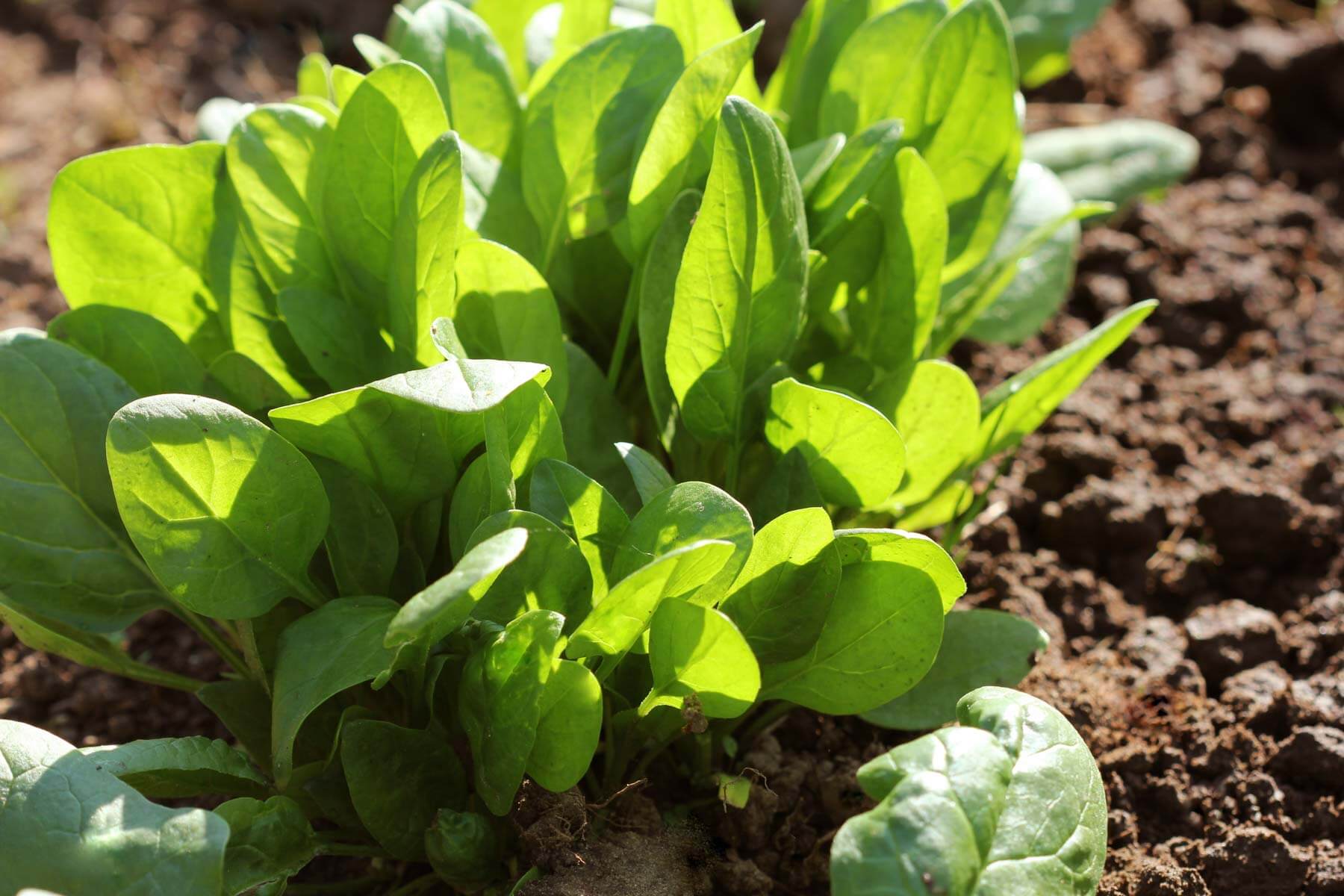
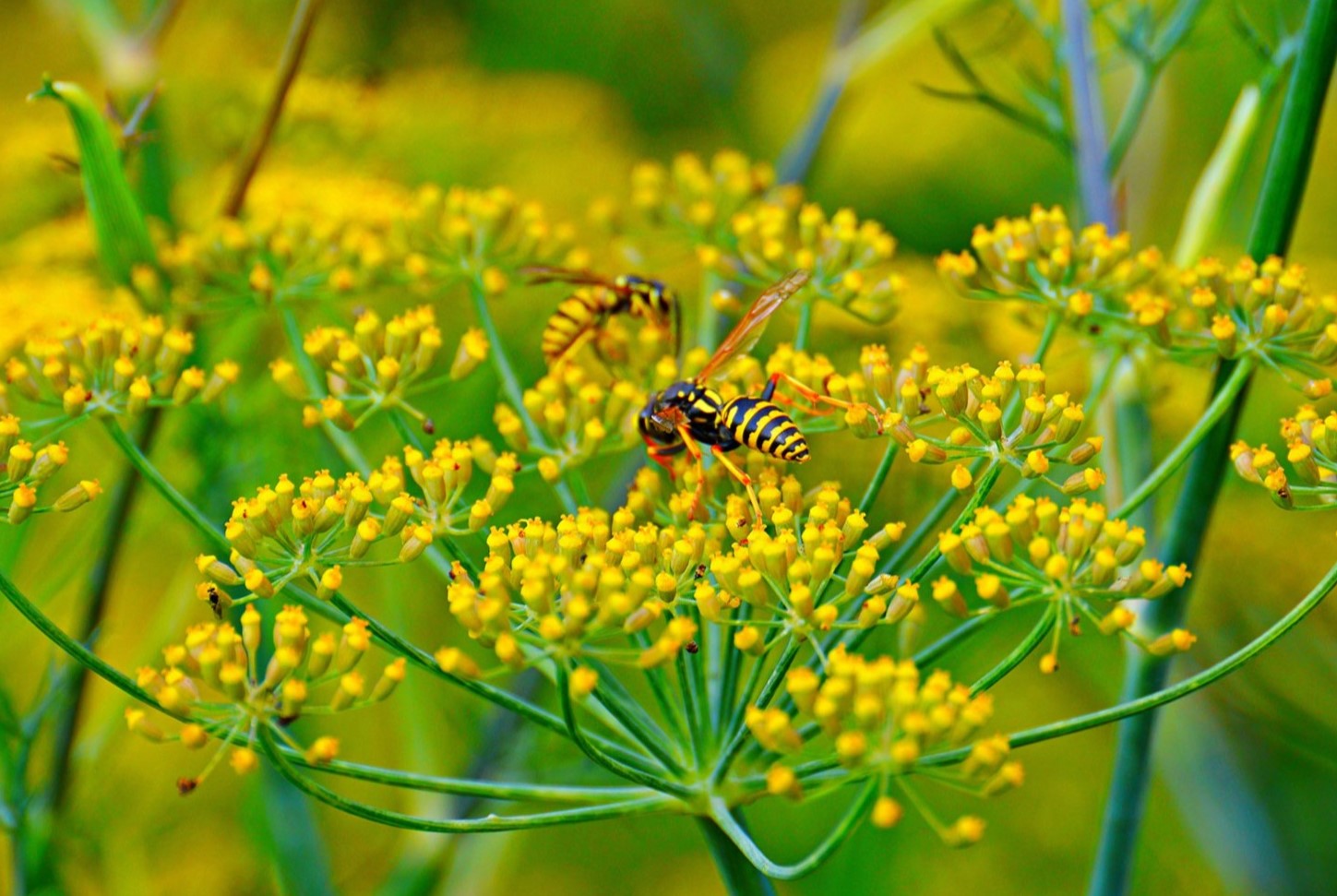
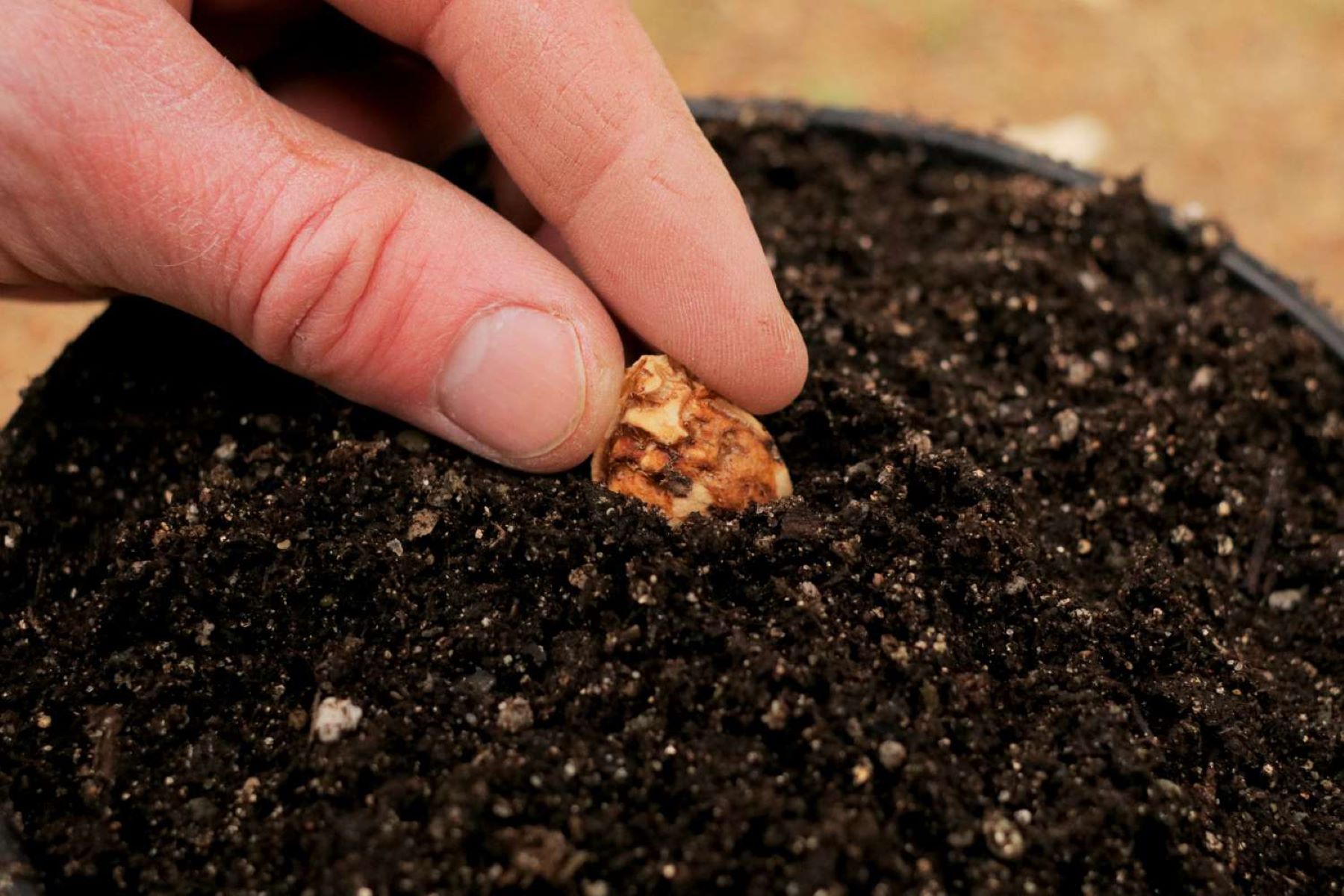
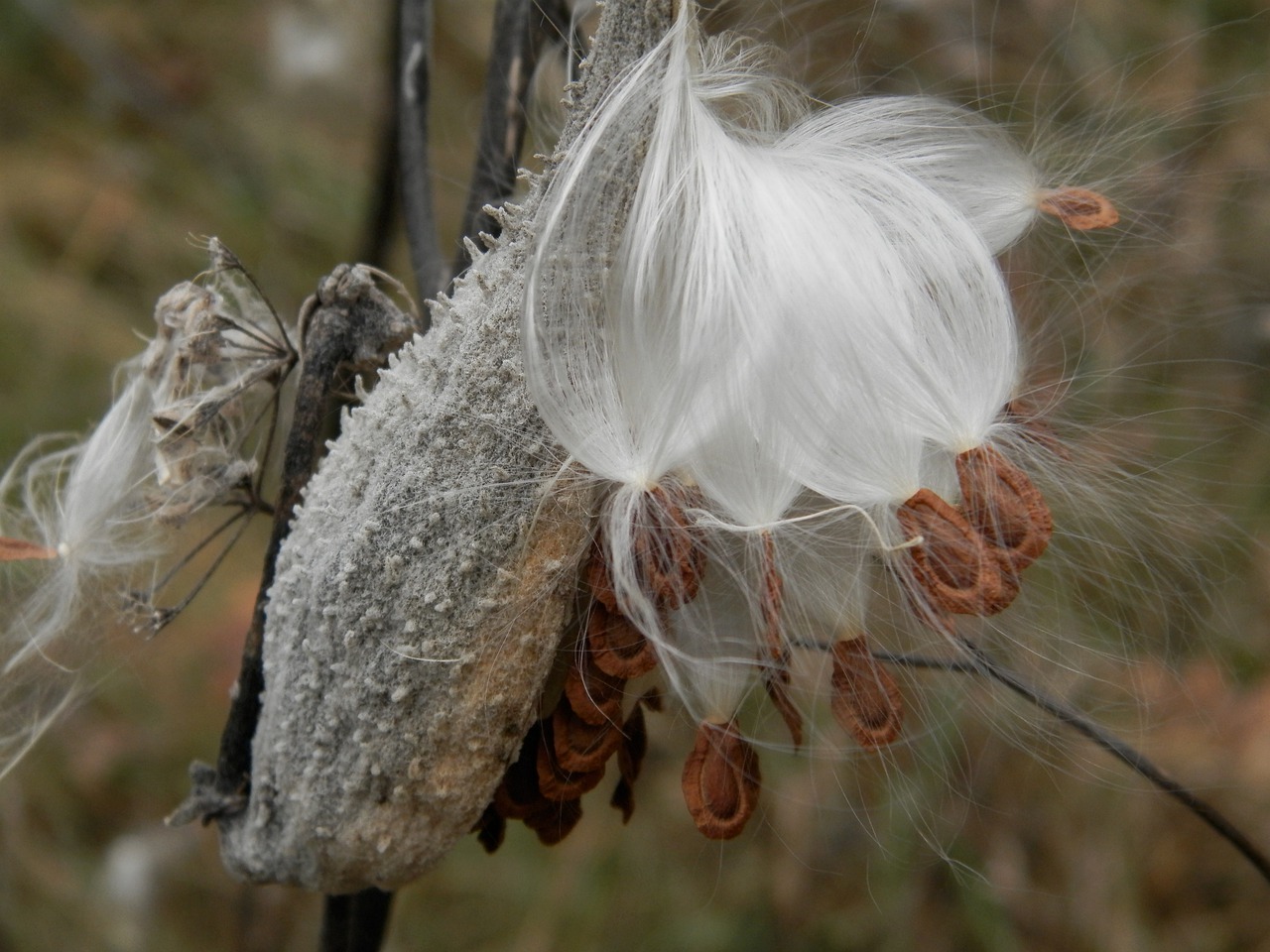
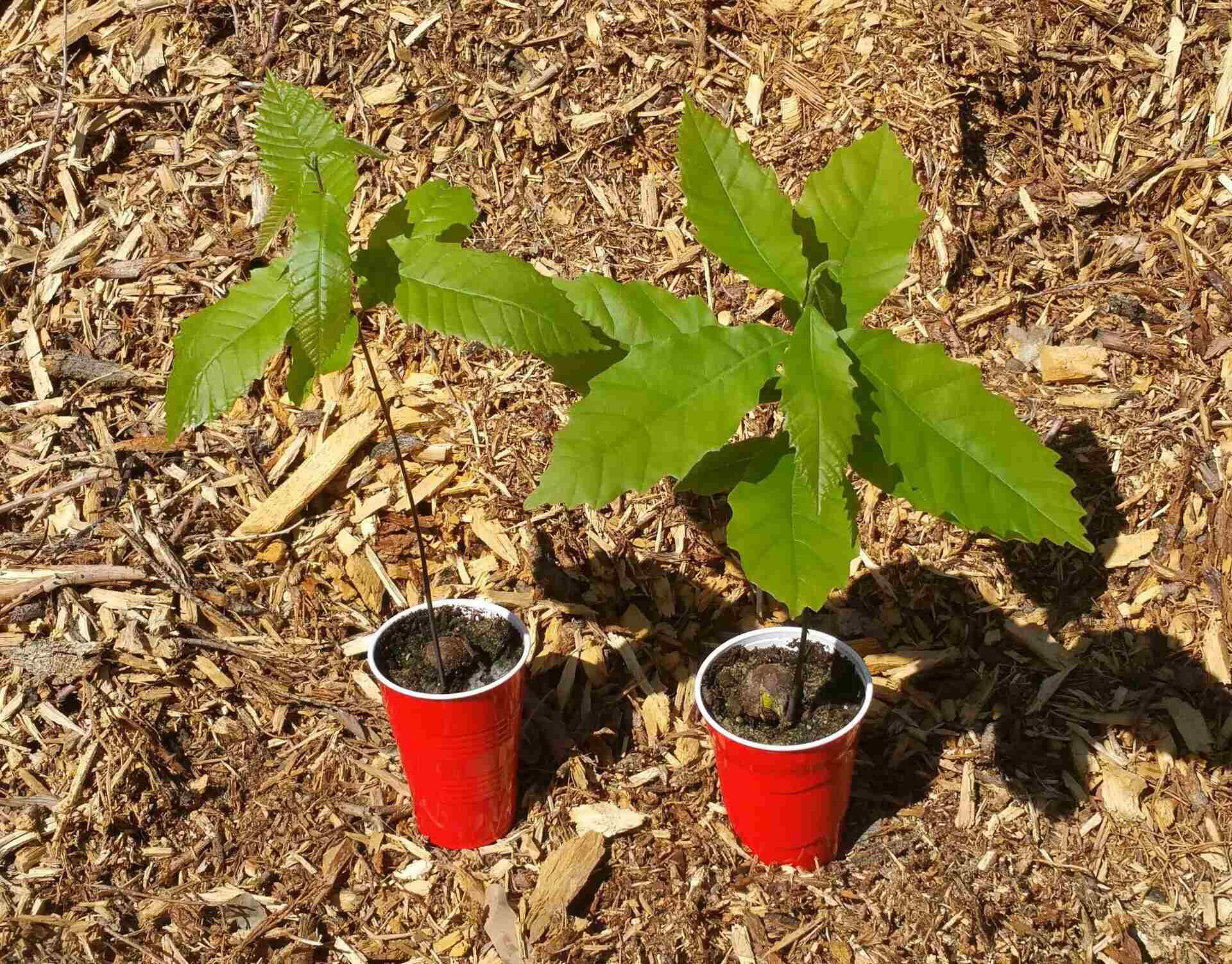

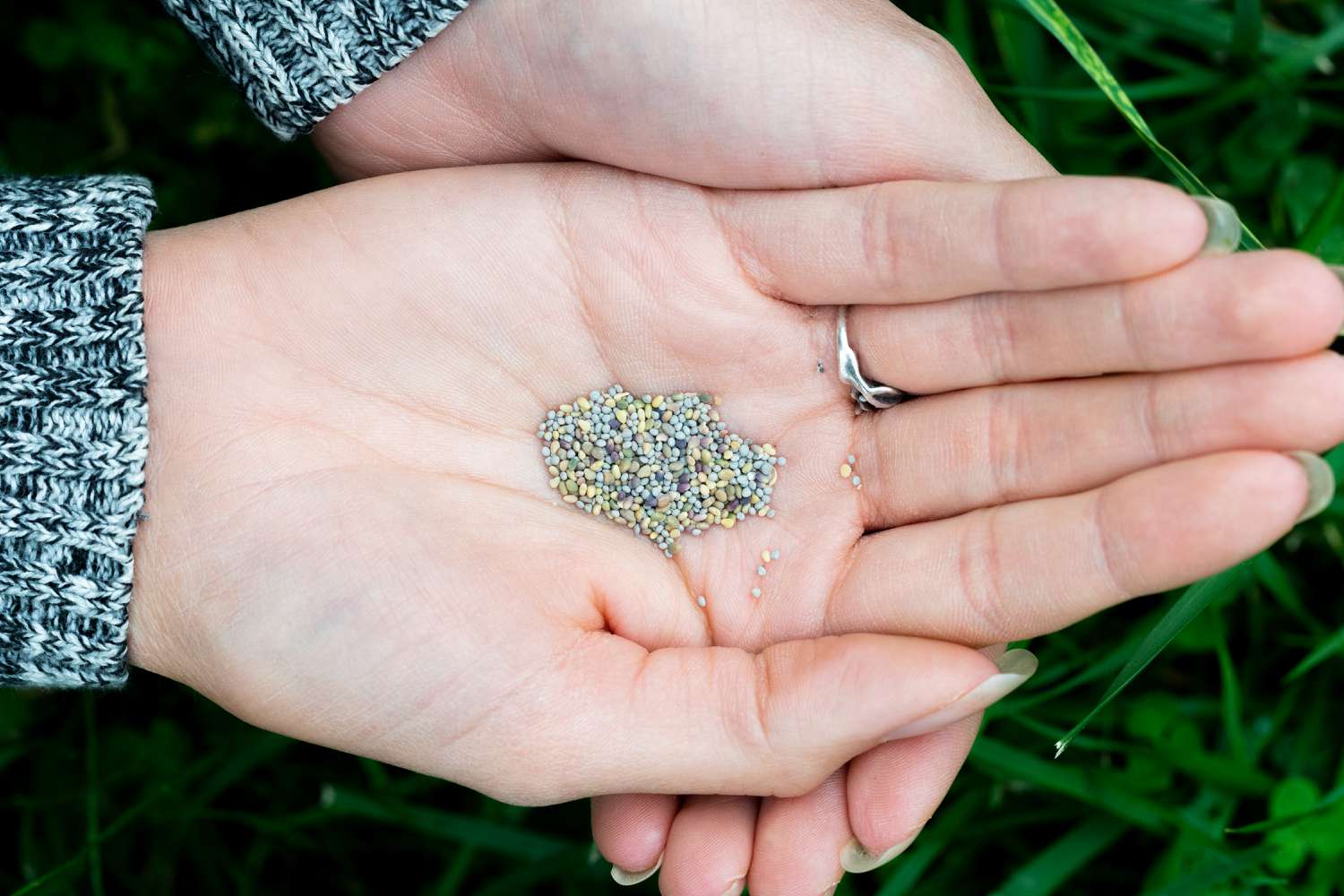
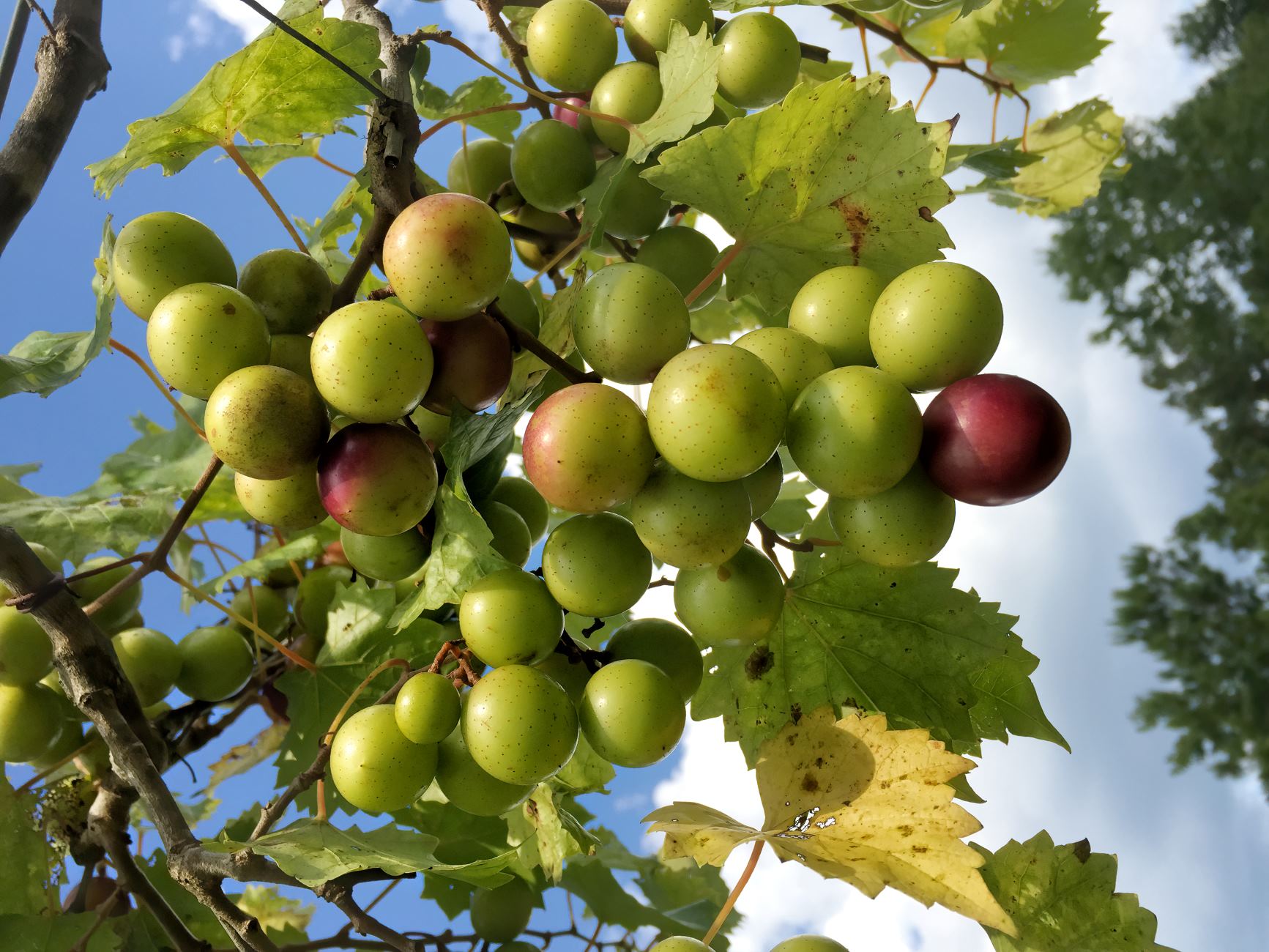
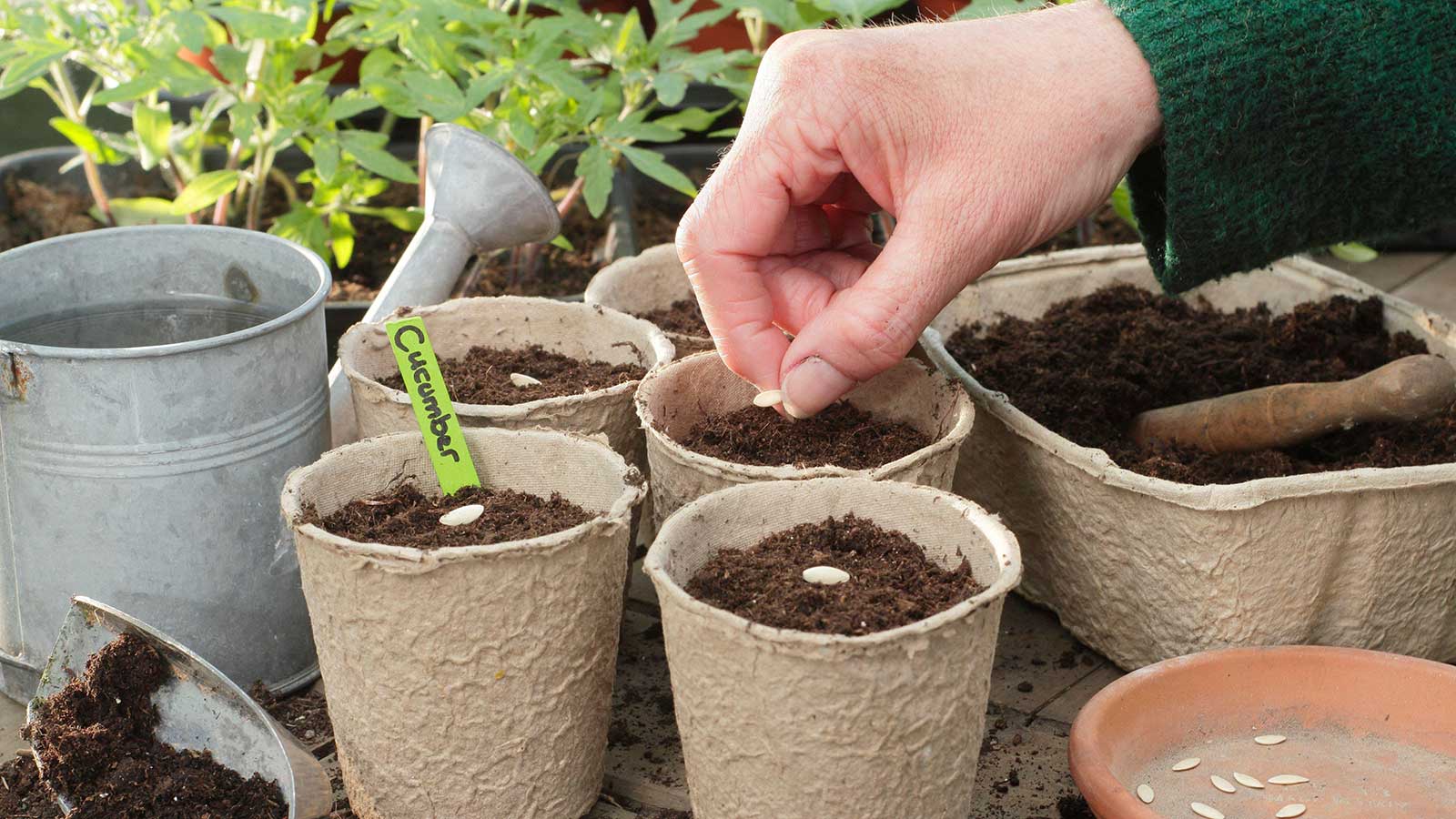
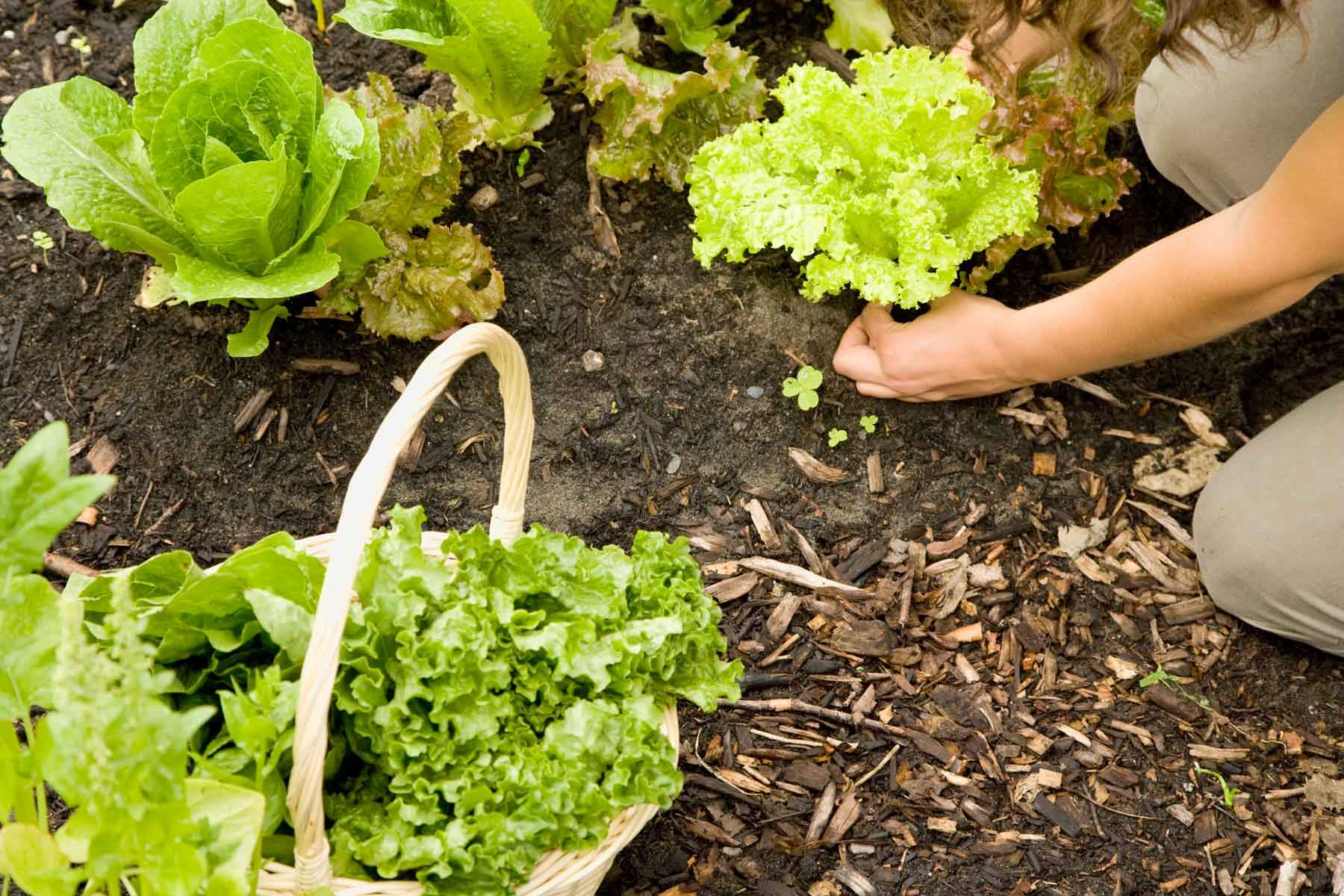
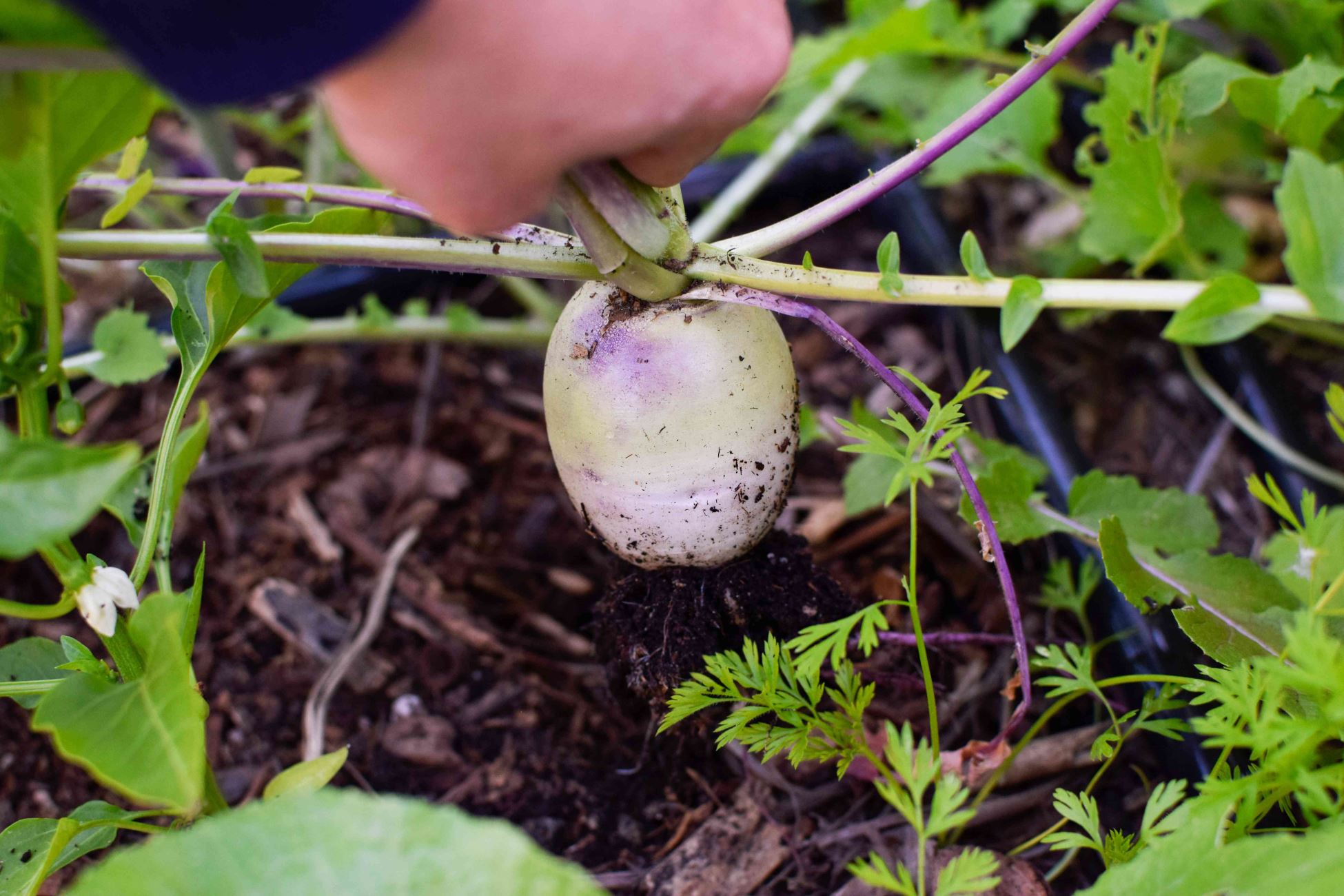
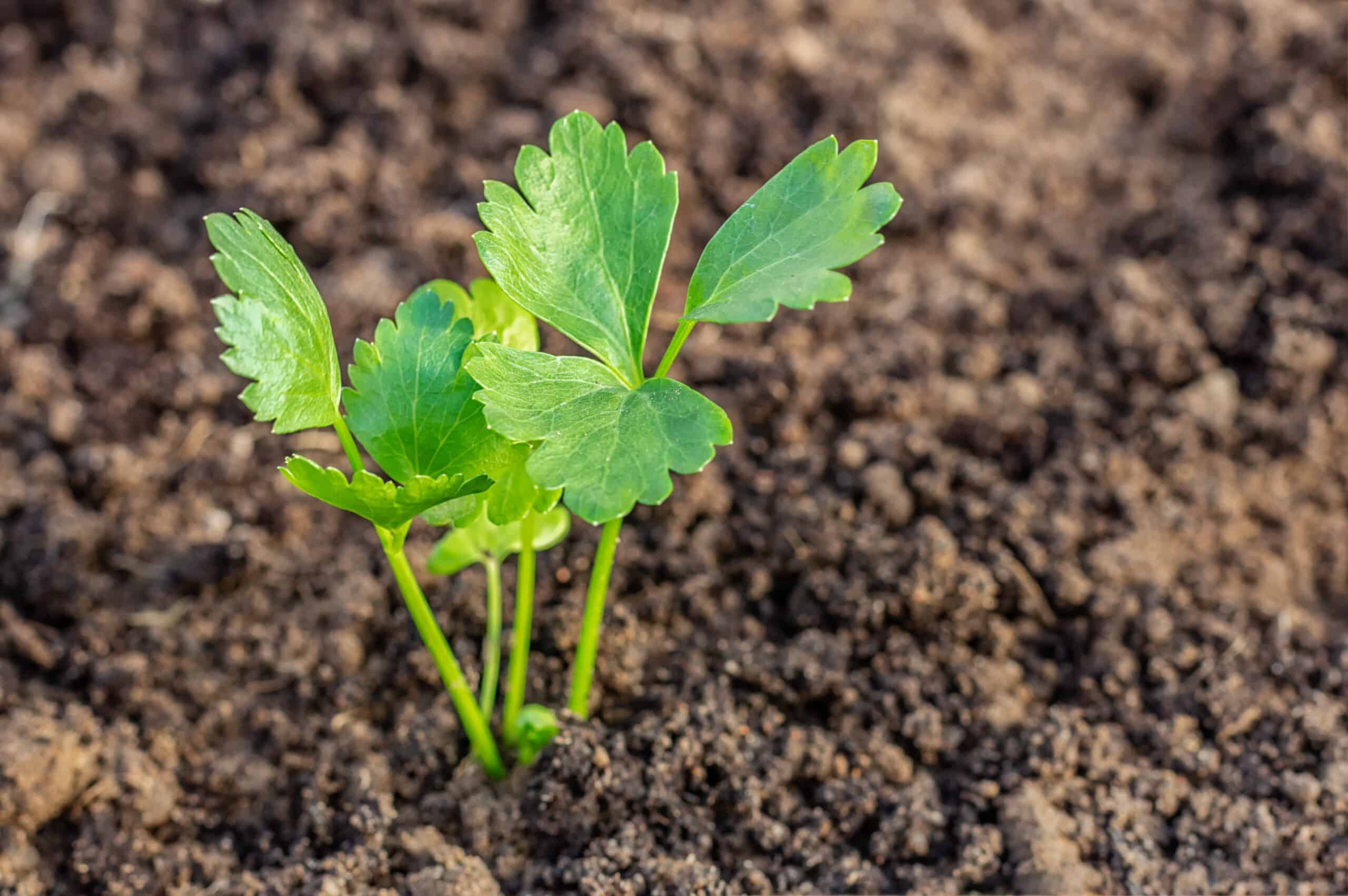
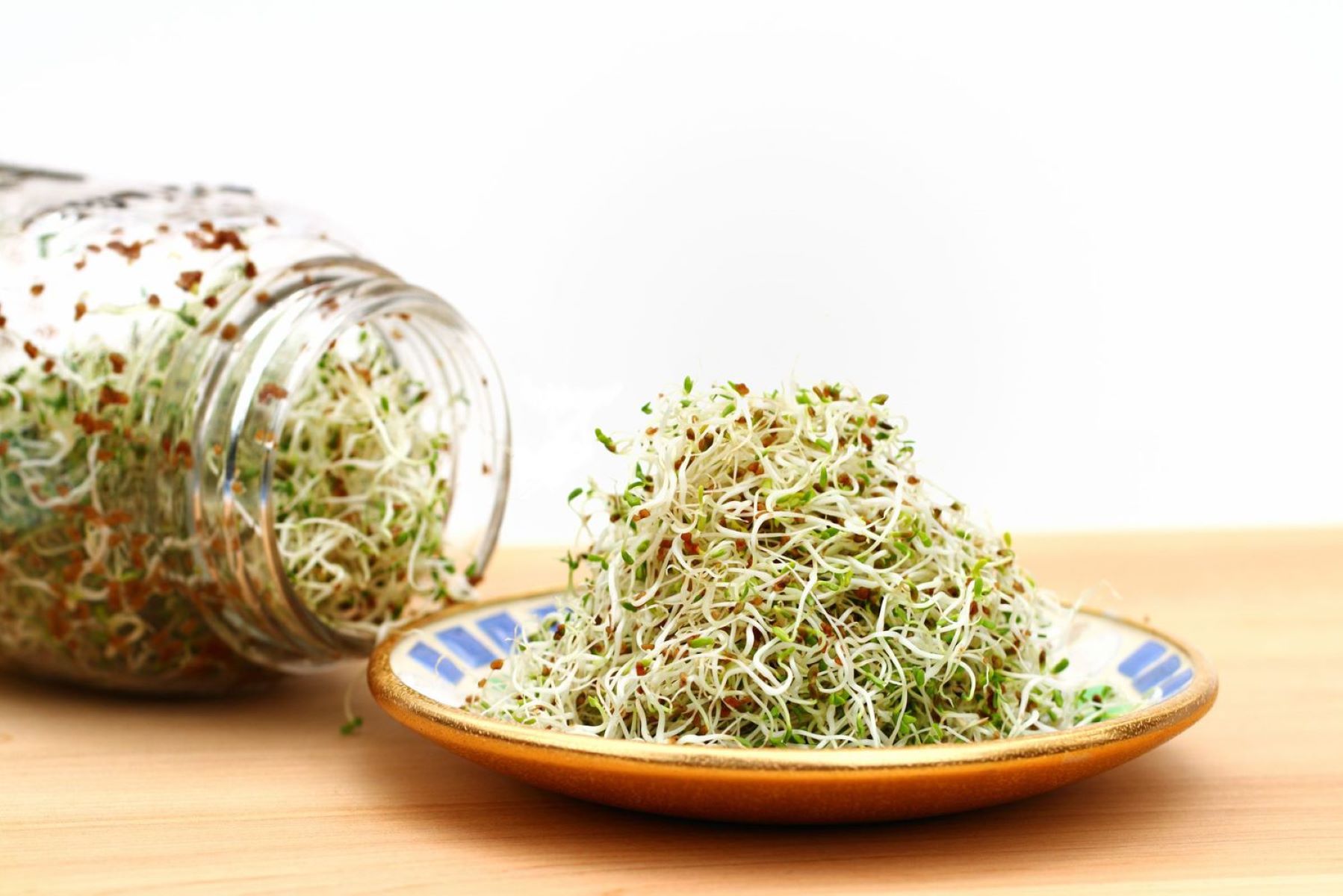

0 thoughts on “How To Plant Cacao Seeds”